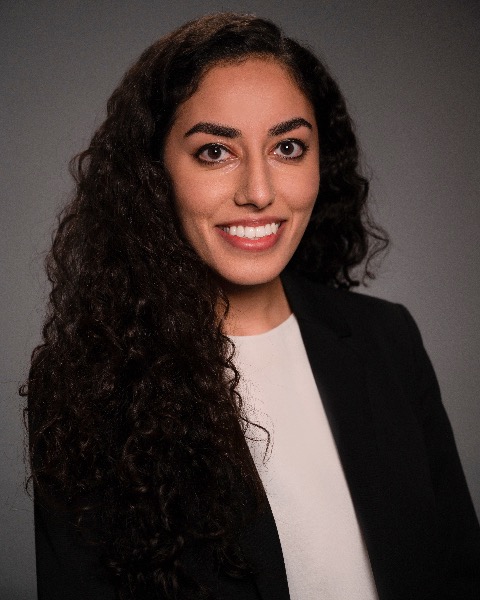Medical Education Works in Progress
Session: Medical Education Works in Progress
WIP 62 - Signing With Our Families: A Novel Trainee Curriculum on Early Language Development and Deaf Culture
Saturday, April 26, 2025
2:30pm - 4:45pm HST
Publication Number: WIP 62.7495
Sahr Yazdani, Childrens Hospital of Philadelphia, Philadelphia, PA, United States; May Shum, Childrens Hospital of Philadelphia, Philadelphia, PA, United States; Lynette Mattiacci, Pennsylvania School for the Deaf, Philadelphia, PA, United States; Emily Henkelman, Childrens Hospital of Philadelphia, Philadelphia, PA, United States

Sahr Yazdani, MD (she/her/hers)
Resident Physician
Childrens Hospital of Philadelphia
Philadelphia, Pennsylvania, United States
WIP Poster Presenter(s)
Background: Babies can communicate meaningfully through sign language around 8 to 9 months old, while they are able to communicate meaningfully through spoken language around 18 to 24 months old. We identified a significant deficiency in trainee knowledge regarding the use of sign language and developed a novel curriculum to educate and empower trainees to help our patients’ families bridge this communication gap, foster early language development, build upon early childhood resilience and parenting skills, and increase cultural awareness of the Deaf community.
Objective: 1. Teach 50 American Sign Language (ASL) signs essential for infant communication to pediatric trainees at a free-standing children’s hospital
2. Empower trainees to demonstrate these ASL signs to patients who identify as Deaf, hard-of-hearing (HoH), with speech delay, or without hearing differences
3. Develop a hybrid curriculum in collaboration with our local School for the Deaf to learn about the Deaf community and build a stronger cultural understanding
4. Produce ASL vocabulary resources and Deaf-centric community resources for primary care clinics
Design/Methods: Enrolled trainees filled out de-identified pre-intervention questionnaires to evaluate baseline knowledge and incorporation of ASL signs into their practices. Participants attended 5 educational sessions composed of a hands-on portion in which they learned 10 ASL signs directly from Deaf and HoH signers and a cultural competency didactic portion. Didactics highlighted an introduction to Deaf culture, proper use of interpreters, benefits of Early Intervention services, and the role of assistive hearing devices. Upon completion, trainees filled out a de-identified post-intervention questionnaire to determine the curriculum’s impact on knowledge of basic ASL signs to communicate with a wide range of patients and culturally competent practices as they relate to the Deaf and HoH community. Assuming a non-normal distribution of the data, we plan to analyze the knowledge test and Likert data utilizing Wilcoxon signed-rank tests.

